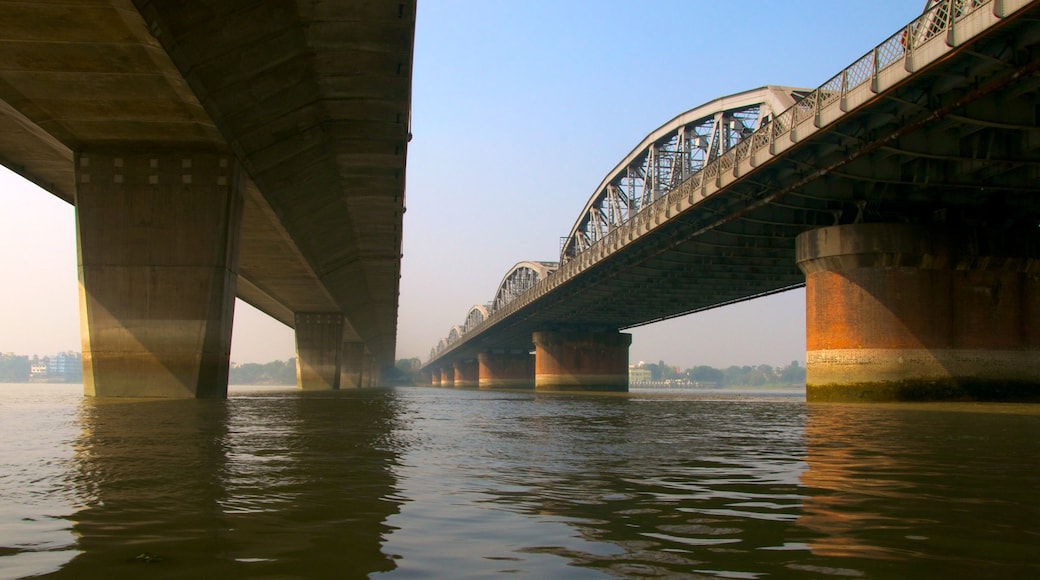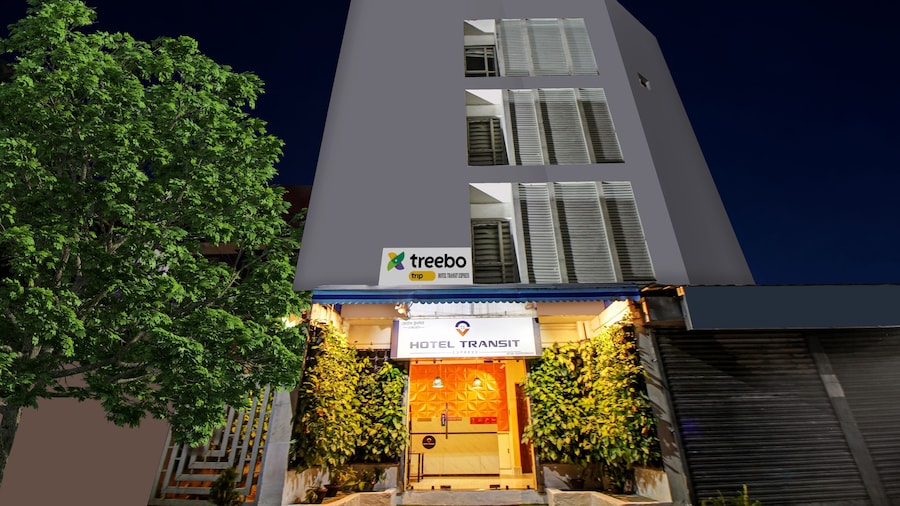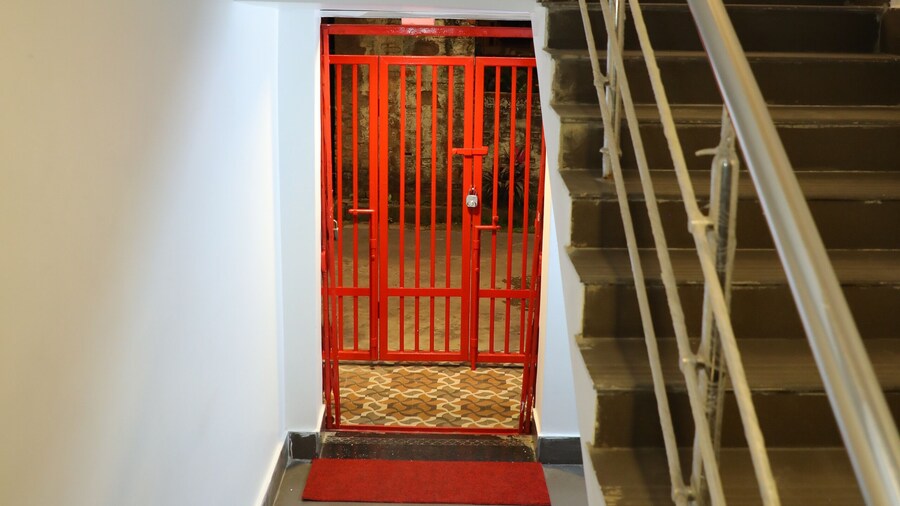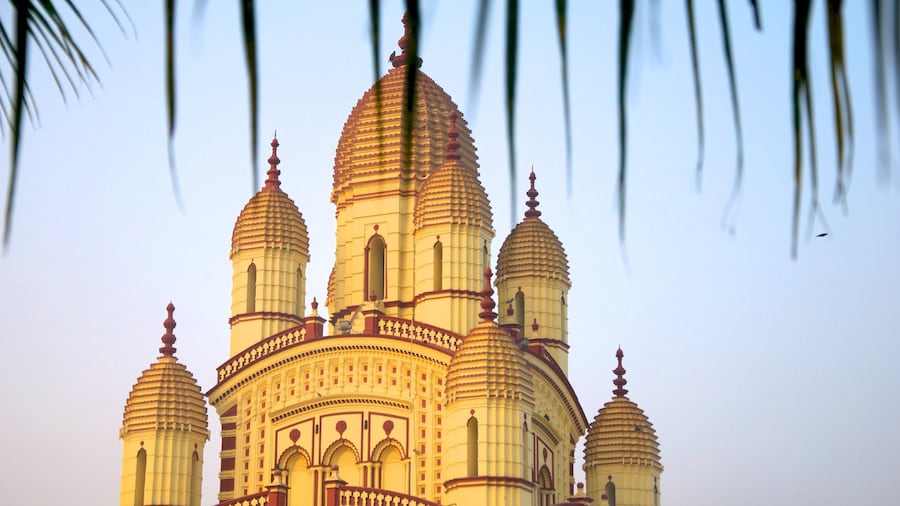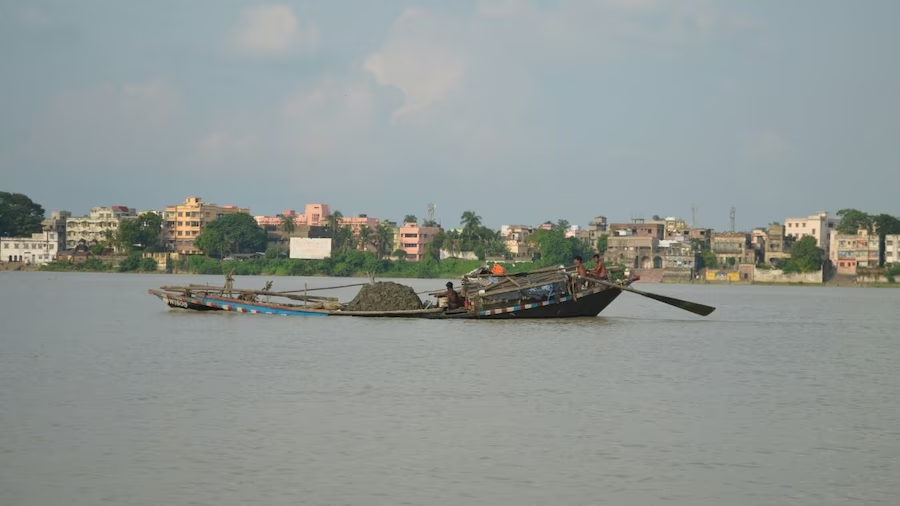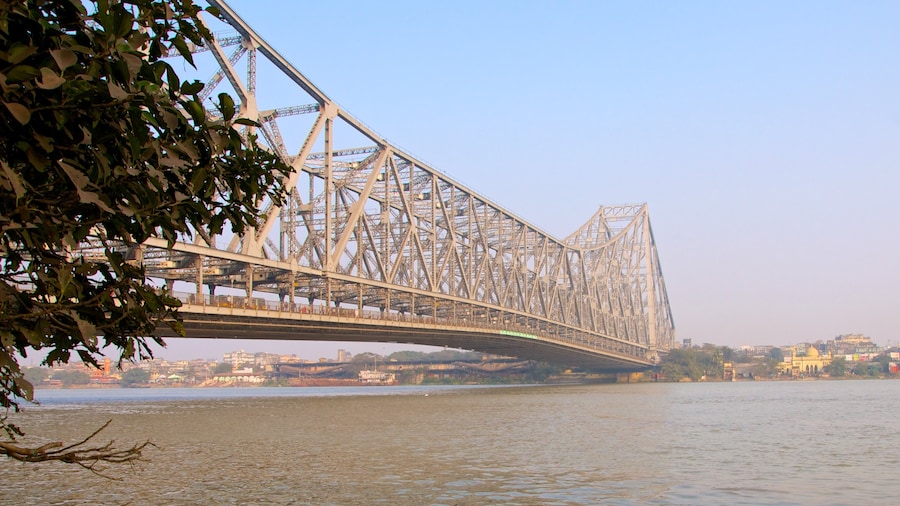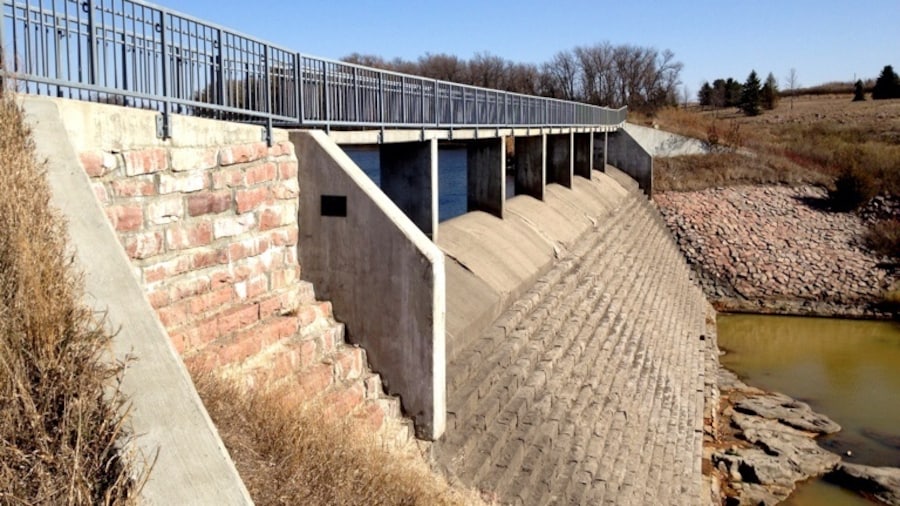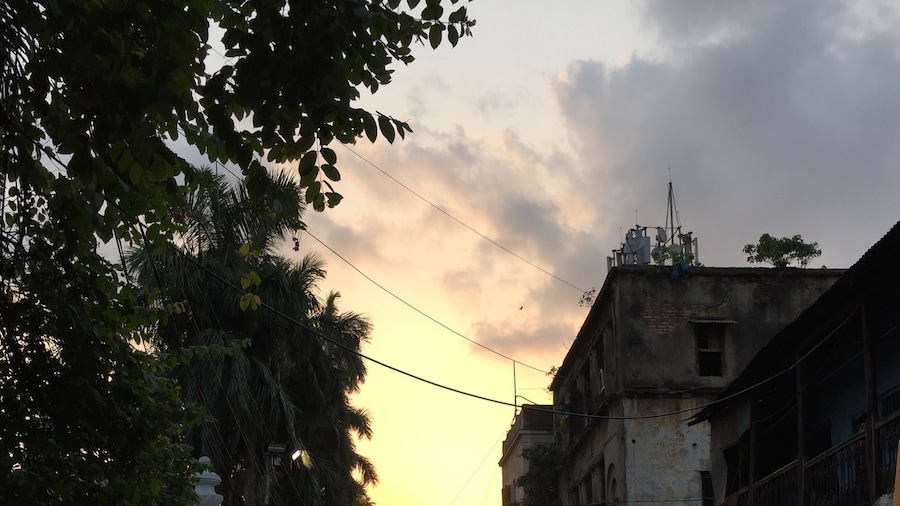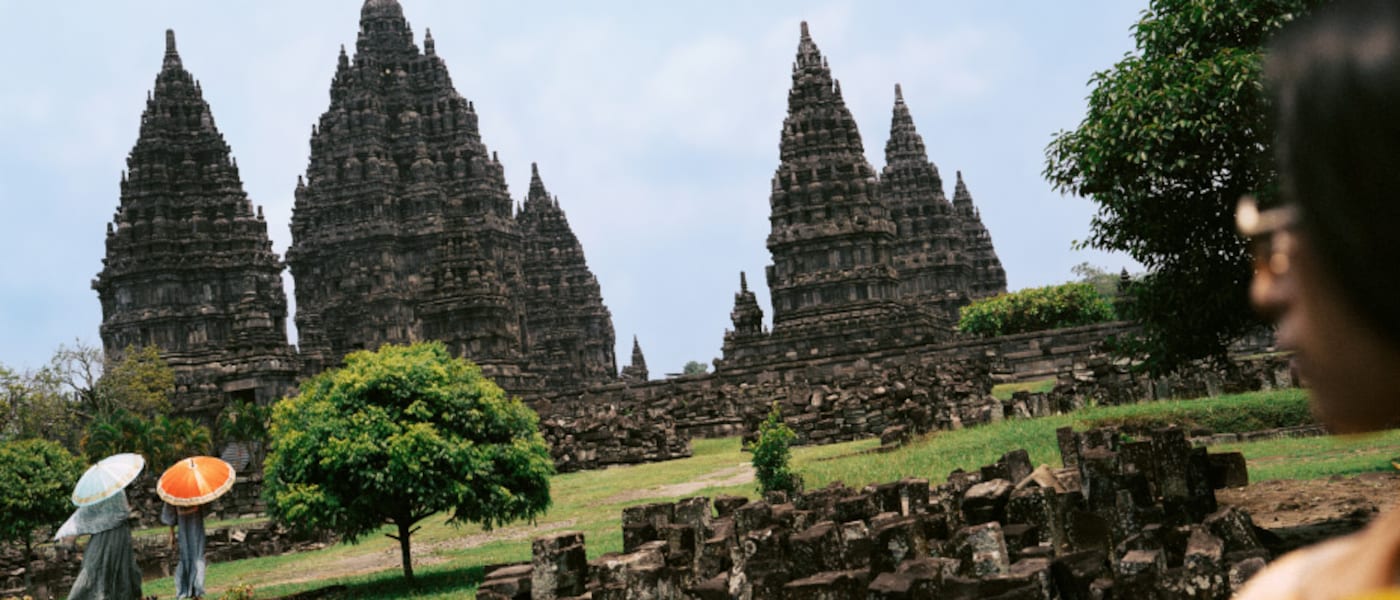This striking-looking steel bridge provides a great vantage point to view life on the Hooghly River, the body of water that flows along the western edge of Kolkata.
Walk, drive or take the train across the impressive Bally Bridge that straddles the Hooghly River. This multi-span crossing links Dakshineswar in Kolkata with Bally in the Howrah district. The colossal steel structure is 2,887 feet (880 metres) long and took six years to build, being completed in 1932.
Bally Bridge is also known as Willingdon Bridge or by its Bengali name of Vivekananda Setu. It is one of several bridges on the Hooghly. Pick a good spot on the banks of the river to view this vast construction and take photographs. You can also pass under the bridge by renting a boat from one of the river’s jetties or by taking a cruise from Kolkata.
To admire this impressive engineering feat up close, stroll along the walkway and pause to study the network of girders. Look out for the name of Rai Bahadur Jagmal Raja stamped on each one. Raja was the industrialist whose company constructed the bridge.
Take your time to enjoy the views of river life. See dozens of boats making their way downstream and upstream and observe the bathing ghats, which are steps that lead down into the river. Thousands of Hindu devotees visit the many ghats along the Hooghly every morning and evening to bathe and make religious offerings.
At night, the Bally Bridge presents an even more stunning site when its latticework of beams, struts and girders is illuminated.
Bally Bridge is located approximately 6 miles (10 kilometres) from Kolkata and is well-connected to the city. There is a railway station at both ends of the bridge.
While you are in the vicinity of the bridge, be sure to spend some time at the nearby Dakshineswar Kali Temple. This riverside Hindu temple complex houses 12 identical temples to Lord Shiva.
